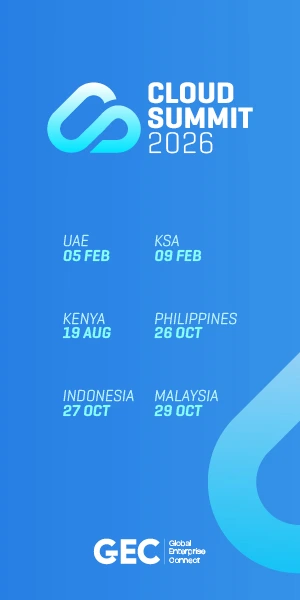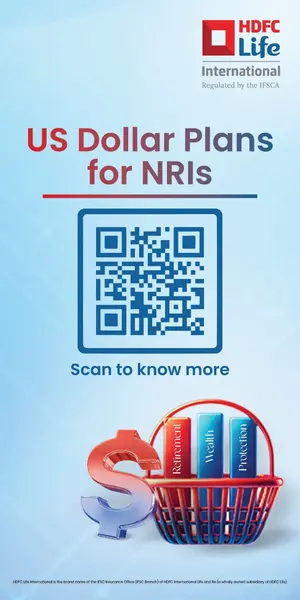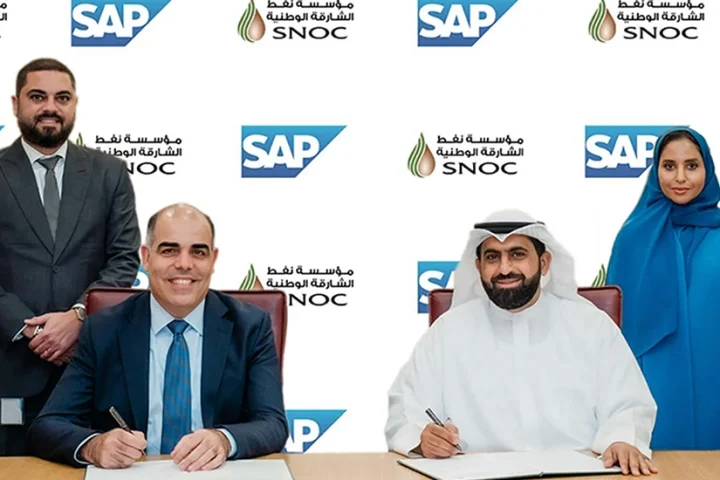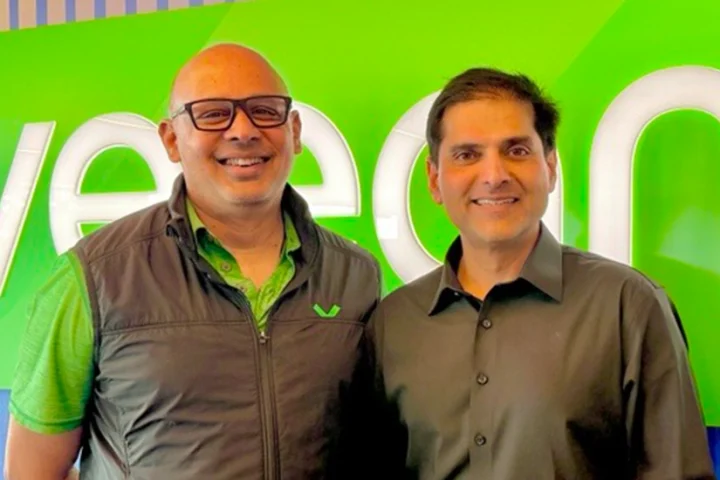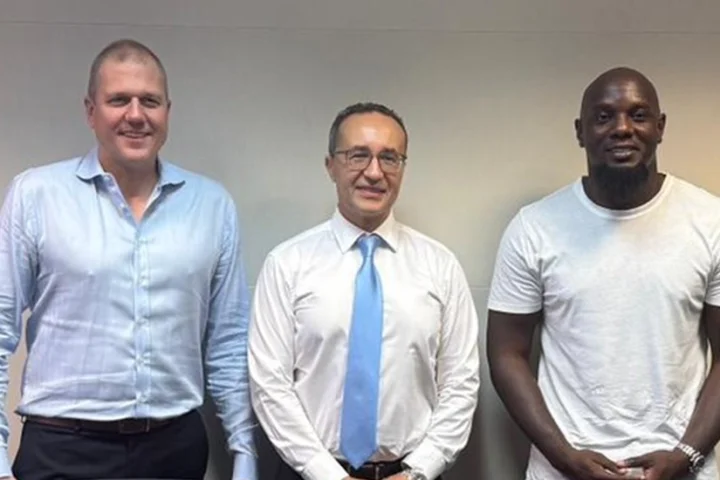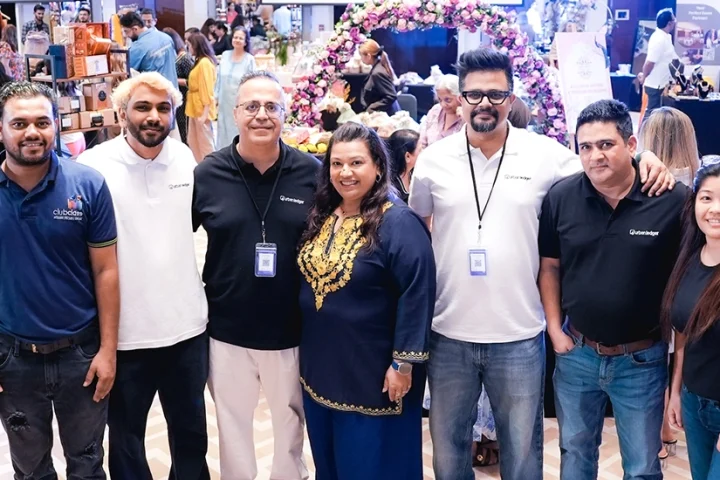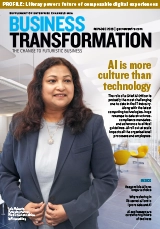In an engaging conversation, Asanka Abeysinghe, CTO,WSO2, shed light on how the company is redefining enterprise technology with a focus on composable architecture, AI-native applications, and open-source innovation. He spoke at length about the future of application development, the rationale behind creating WSO2’s own programming language, and how AI is transforming not just products, but entire operational models.
At the heart of WSO2’s mission is enabling enterprises to modernize without being locked into rigid platform decisions. “It’s not just about building products,” the CTO emphasized. “You need the right architecture and a strategic mindset to deliver value—for customers, partners, and employees.”
He explained how concepts like composable enterprises and platform-less modernization empower organizations to create flexible, scalable digital ecosystems. These paradigms enable businesses to move faster, adopt new technologies with less friction, and better align IT capabilities with business goals.
Commenting on the growing AI wave, the CTO affirmed that AI is becoming a core part of modern software—not just a feature add-on. “We’ve been using AI-like features for years—like product recommendations in shopping carts. Now, that’s evolving,” he said. With true AI-native apps, software can detect user behaviors, predict needs, automate repetitive tasks, and deliver highly personalized experiences.
On the role of natural language in software interfaces, he offered a pragmatic take: “It’s powerful—but it’s not for everything. You’re not going to write an operating system in natural language.” Still, its accessibility will expand who can participate in application development. Paired with growing interest in low-code/no-code platforms, this trend marks a broader democratization of software creation. “There’s a ceiling with no-code. But when used alongside traditional development, it unlocks speed and inclusivity.”
Balancing open source and commercial value
WSO2 has been a strong advocate of open-source software—and that commitment remains central. “Everything we build—especially our platform Choreo—is open source,” he noted. “Open source isn’t just a strategy; it’s a philosophy built around freedom, flexibility, and fairness.”
While acknowledging the strengths of closed-source software, he pointed out that open-source middleware offers extensibility, no vendor lock-in, and future-readiness that today’s enterprises increasingly demand.
AI’s impact at WSO2 extends well beyond development tools. “Yes, we use AI for productivity—things like GitHub Copilot and release automation—but also in support, marketing, lead generation, and recruitment.” For tasks like shortlisting resumes, AI allows the team to focus more on high-value decisions while letting machines handle the repetitive filtering.
The Ballerina advantage
WSO2’s decision to create its own programming language, Ballerina, was born from necessity. “Java is aging, and Go, while great, was designed for other purposes,” Asanka said. “We needed something purpose-built for integration. With Ballerina, services and data types are first-class citizens, making integrations more efficient and intuitive.”
Identity and access management is another evolving frontier. WSO2 supports identity server deployments across multi-cloud and hybrid environments and is actively enhancing capabilities with a focus on agentic AI and quantum-safe standards. “We’re already compliant with quantum security—and we’re building on that.”
Kubernetes as the new standard
When it comes to infrastructure, Kubernetes has become foundational. “Kubernetes is like Linux in networking—no one asks anymore if we support it. We do. Everything is built for Kubernetes, and some runtimes are Kubernetes-native.”
Asanka also pointed to Cell Architecture, a concept he introduced to help organizations get microservices right. “We don’t just use microservices—we help our customers do it the right way.”
When asked how WSO2 compares to other players like MuleSoft, Kong, or Apigee, especially as hyperscalers increasingly enter the API management space, the CTO was clear about what sets them apart.
“We compete across multiple segments—API management, integration, and identity and access management—and there are strong products in each of those categories,” he acknowledged. “But what differentiates WSO2 is that we’re a pure open-source player. Others may adopt open-core models, but we’re fully open source.”
Asanka emphasized the advantage of extensibility as a key differentiator: “You can actually extend our core capabilities. That matters because, at some point, every enterprise will need to adapt the platform to fit their unique needs. With WSO2, you have the freedom to do that without vendor lock-in.”







